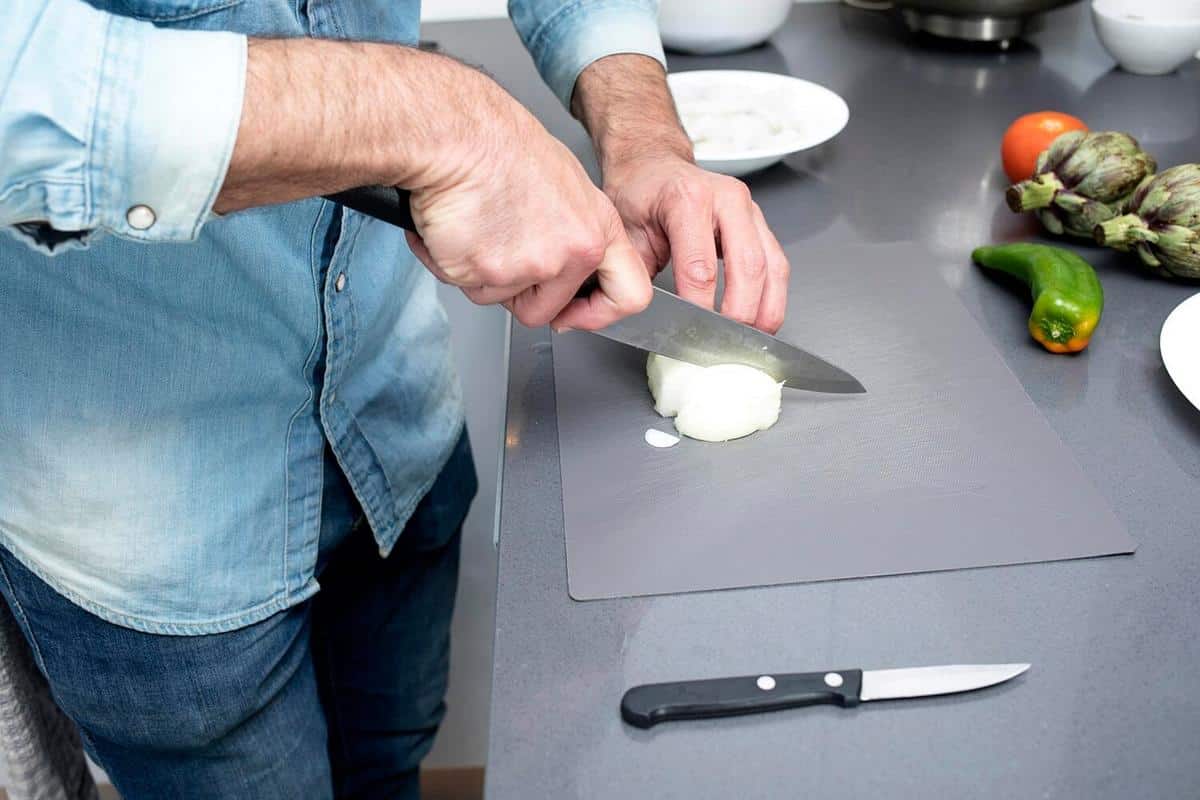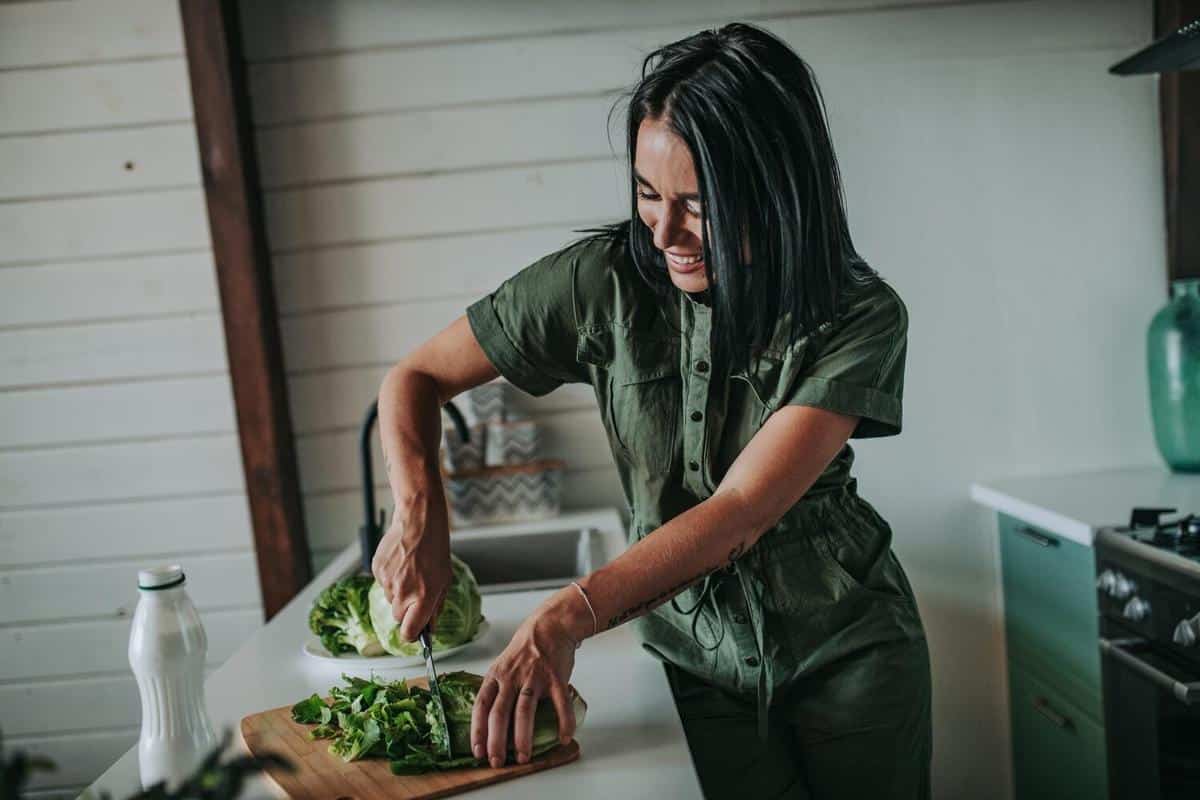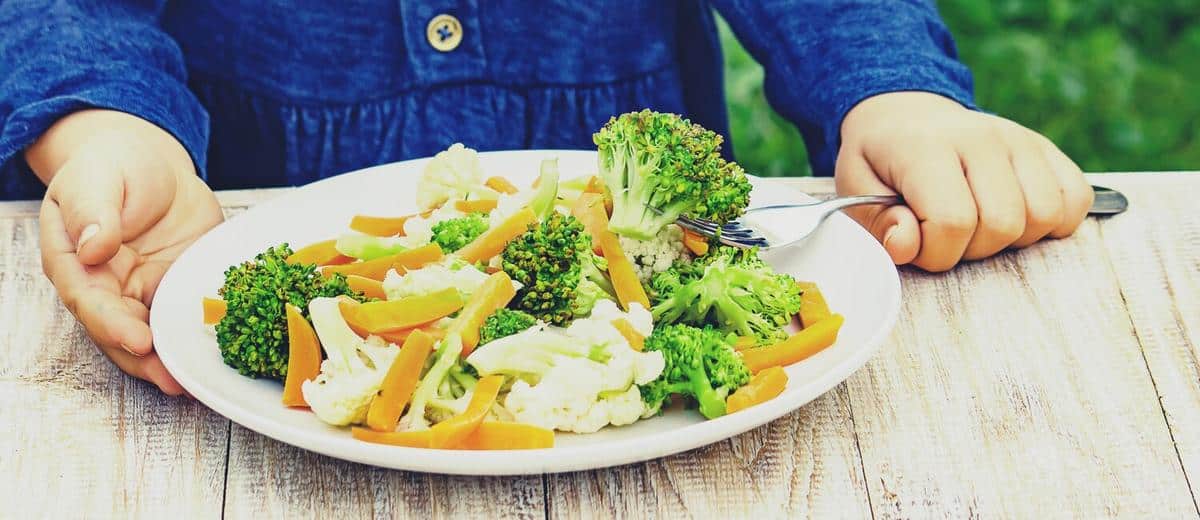
Essential Knife Skills Every Cook Should Know
Mastering knife skills is a crucial element of culinary expertise, offering precision and efficiency in the kitchen that can elevate any dish.
Understanding Basic Knife Skills
Knife skills are foundational for any cook, whether you’re a home enthusiast or a professional chef. Proper techniques not only enhance the presentation of your dishes but also ensure safety in the kitchen. According to culinary expert Harold McGee, understanding the mechanics of knife usage significantly reduces the risk of accidents and improves efficiency.
The Importance of Knife Skills
Research from the Culinary Institute of America indicates that over 60% of kitchen injuries are due to improper knife handling. Therefore, developing good knife skills is essential for both safety and culinary success.
Key Knife Techniques
- Chopping: A fundamental skill for quickly reducing large items into smaller, manageable pieces.
- Slicing: Essential for creating uniform pieces, especially for ingredients like onions and tomatoes.
- Dicing: Used for precise, small cubes, which is ideal for items like carrots and celery.
- Julienning: Involves cutting into matchstick-like pieces, perfect for stir-fries or garnishes.
- Brunoise: A finer dice, often used for garnishing or in fine sauces.
Choosing the Right Knife
| Knife Type | Best Used For |
|---|---|
| Chef’s Knife | Versatile, all-purpose kitchen workhorse |
| Paring Knife | Peeling and intricate work |
| Serrated Knife | Bread and soft fruits |
| Boning Knife | Meat and fish preparation |
| Carving Knife | Roasts and poultry |
| Utility Knife | General kitchen tasks |
| Cleaver | Chopping through bones |
| Fillet Knife | Delicate fish work |
Pro Tip:
Keep your knives sharp. Regular honing and occasional professional sharpening maintain the edge and make cutting safer and more efficient.
Actionable Knife Tips
Start by practicing with basic vegetables like onions and carrots. Focus on maintaining a firm grip and consistent motion. Remember, a sharp knife is safer than a dull one as it requires less force, reducing the chance of slipping.
Personal Experience
I recall my first cooking class where the chef emphasized the ‘claw grip’ technique to protect fingers while cutting. This small adjustment drastically improved my confidence and precision in the kitchen.
FAQs
What is the most important knife skill to learn first?
Begin with mastering the safe ‘claw grip’ to protect your fingers, then proceed to basic chopping and slicing techniques.
How often should I sharpen my kitchen knives?
Honing should be done after every few uses, while sharpening can be done every 2-3 months depending on usage.
Conclusion
By honing your knife skills, you not only enhance your culinary capabilities but also streamline your cooking process. Embrace these techniques, practice regularly, and watch your kitchen confidence soar. For more insights on kitchen techniques, explore our Kitchen Innovations & Techniques portal.


